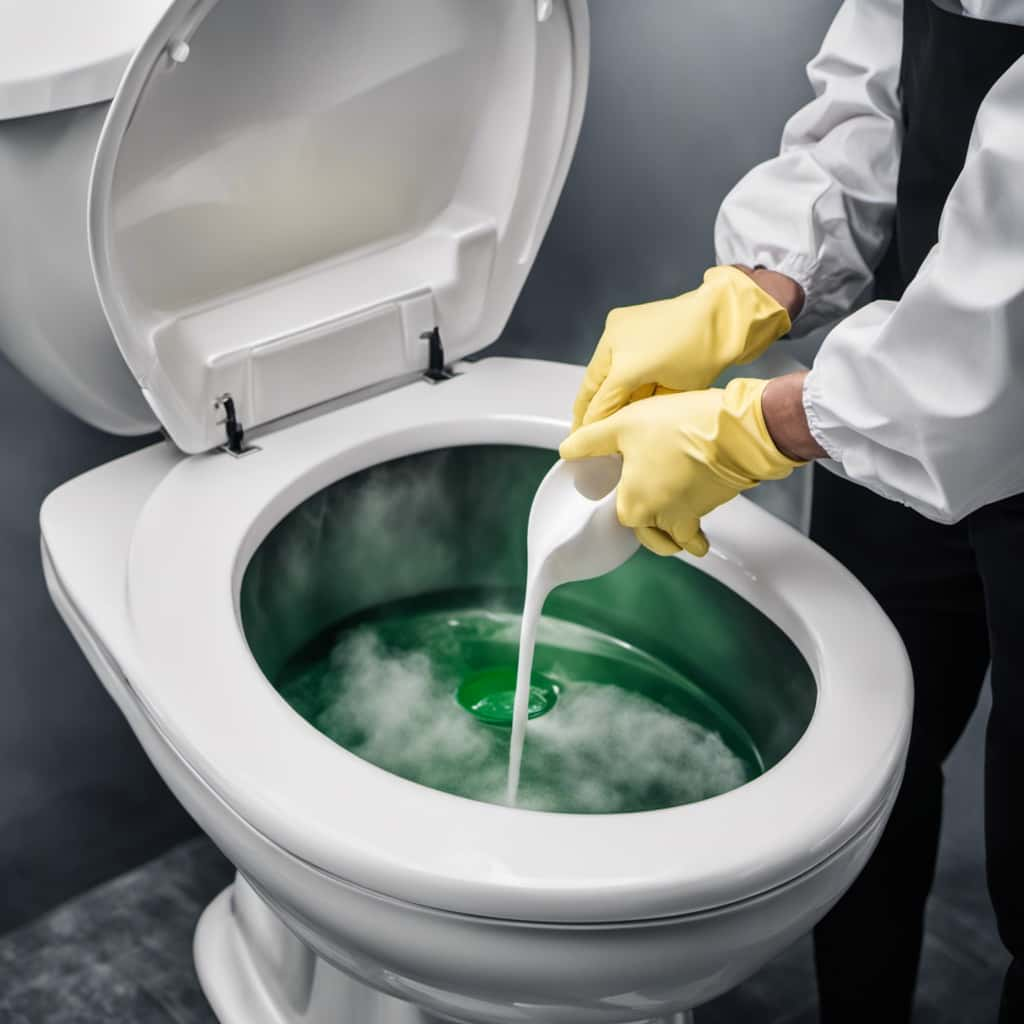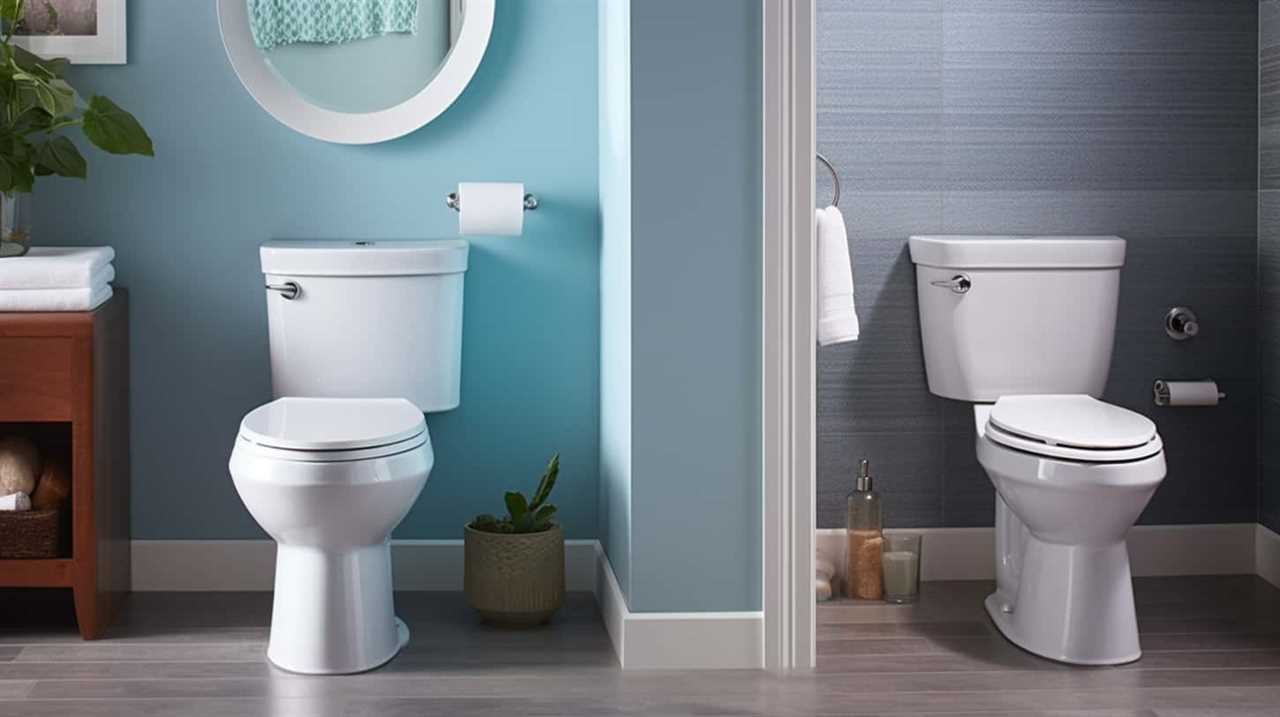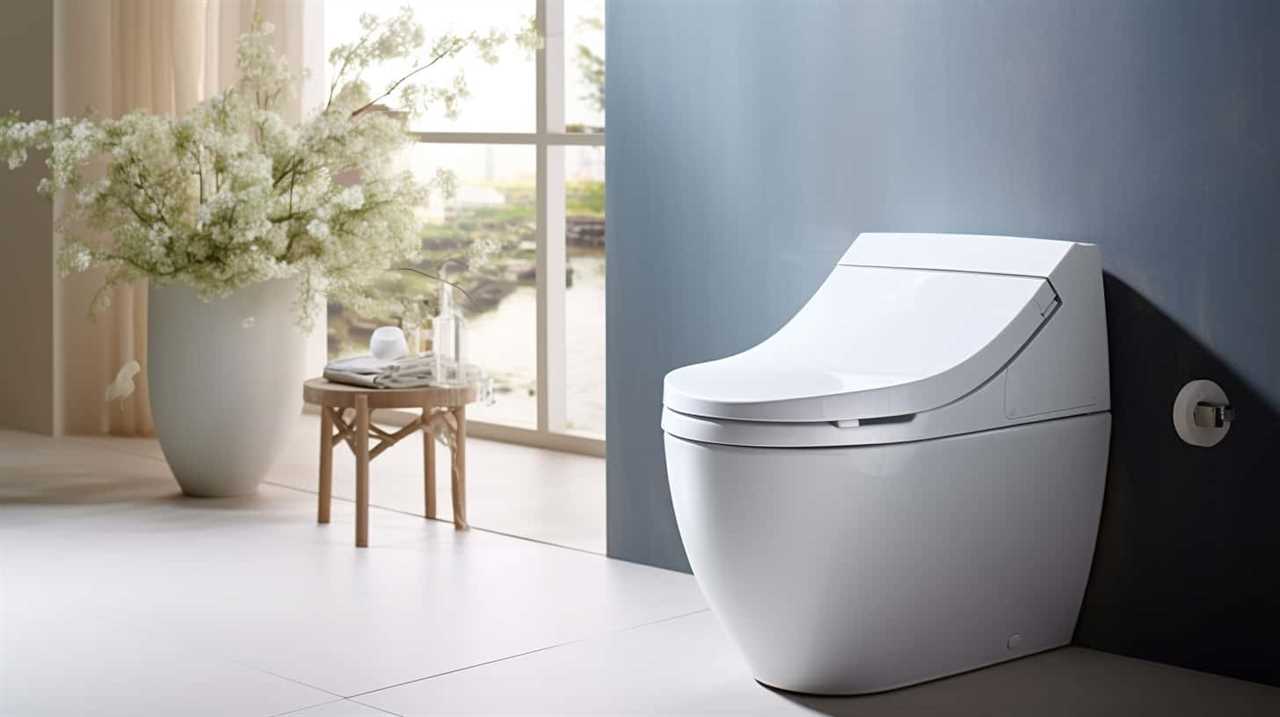We’re about to take you on a journey through the world of toilets, where two mighty nations – Australia and America – stand apart in their porcelain thrones.
Like distant cousins with unique customs, these countries have forged their own paths when it comes to bathroom design. Join us as we delve into the plumbing regulations, cultural influences, and historical factors that have shaped the divergent styles of Australian and American toilets.
Get ready to flush away your preconceptions and unlock the secrets behind this essential fixture of modern life.
Key Takeaways
- Plumbing regulations and standards, as well as accessibility requirements, influence toilet designs and installations in both Australia and America.
- Australia emphasizes water conservation with the use of dual-flush toilets and the WELS scheme, while the United States promotes water conservation through low-flow toilets and the WaterSense program.
- Historical influences, including technology advancements and colonization, have shaped toilet designs in both countries, leading to diverse options.
- Cultural factors and preferences, such as water scarcity in Australia and sitting preferences in America, impact toilet designs, resulting in differences in bowl sizes, seat widths, and bowl depths.
Plumbing Regulations and Standards
In our research on why Australian and American toilets differ, we found that plumbing regulations and standards play a significant role. Both countries have their own set of plumbing codes that dictate the design, installation, and maintenance of plumbing systems, including toilets. These codes ensure that plumbing systems are safe, efficient, and meet specific requirements.

Accessibility requirements, such as those outlined in the Americans with Disabilities Act (ADA) in the United States, also impact toilet designs. These regulations dictate the height, grab bar placement, and other features that make toilets accessible for individuals with disabilities.
Therefore, differences in plumbing regulations and accessibility requirements between Australia and America contribute to the variations in toilet designs.
Now, let’s explore another factor that influences toilet differences: water conservation practices.
Water Conservation Practices
Continuing our exploration of why Australian and American toilets differ, let’s now delve into the subtopic of water conservation practices. When it comes to toilet technology, both Australia and the United States have made significant advancements in reducing the environmental impact of flushing.
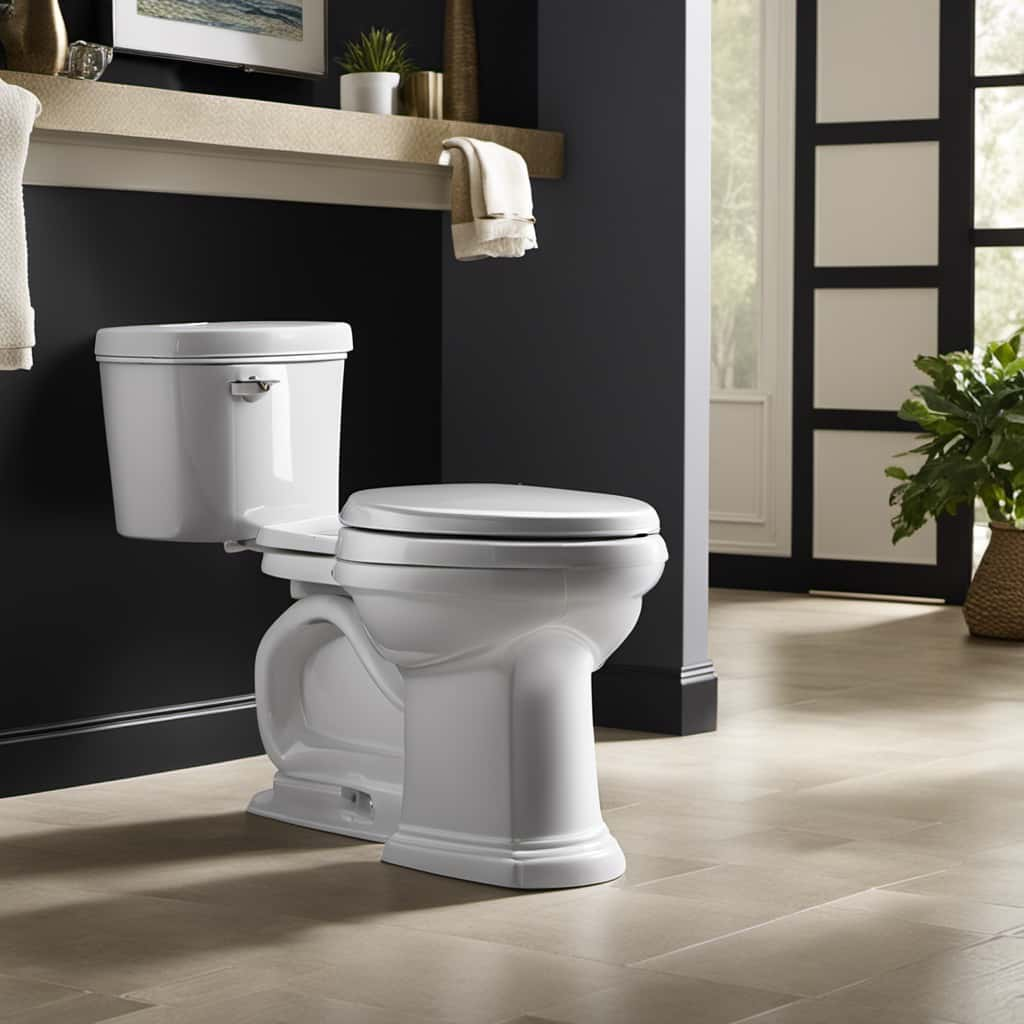
Here are some key water conservation practices in each country:
- Australia:
- Dual-flush toilets: These innovative toilets allow users to choose between a full flush for solid waste and a reduced flush for liquid waste, resulting in significant water savings.
- Water-efficient labeling: The Water Efficiency Labelling and Standards (WELS) scheme rates toilets based on their water usage, helping consumers make informed choices and encouraging manufacturers to develop more water-efficient models.
- United States:
- Low-flow toilets: These toilets use advanced flushing mechanisms and design features to minimize water usage without sacrificing performance.
- WaterSense program: Similar to Australia’s WELS scheme, WaterSense labels indicate toilets that meet strict water efficiency standards, promoting water conservation efforts across the country.
Historical Influences on Toilet Design
Moving from water conservation practices, let’s now delve into the historical influences on toilet design in both Australia and the United States.
The influence of technology and the impact of colonization have played significant roles in shaping the toilets we see today. In the early days, toilets were simple and rudimentary, with the design heavily influenced by the available technology. However, with advancements in plumbing and sanitation systems, toilets evolved to become more efficient, comfortable, and hygienic.
Additionally, the impact of colonization can’t be ignored, as it brought about cultural exchanges and introduced different toilet designs and practices from Europe and Asia. These historical influences have paved the way for the diverse range of toilet designs we see today.
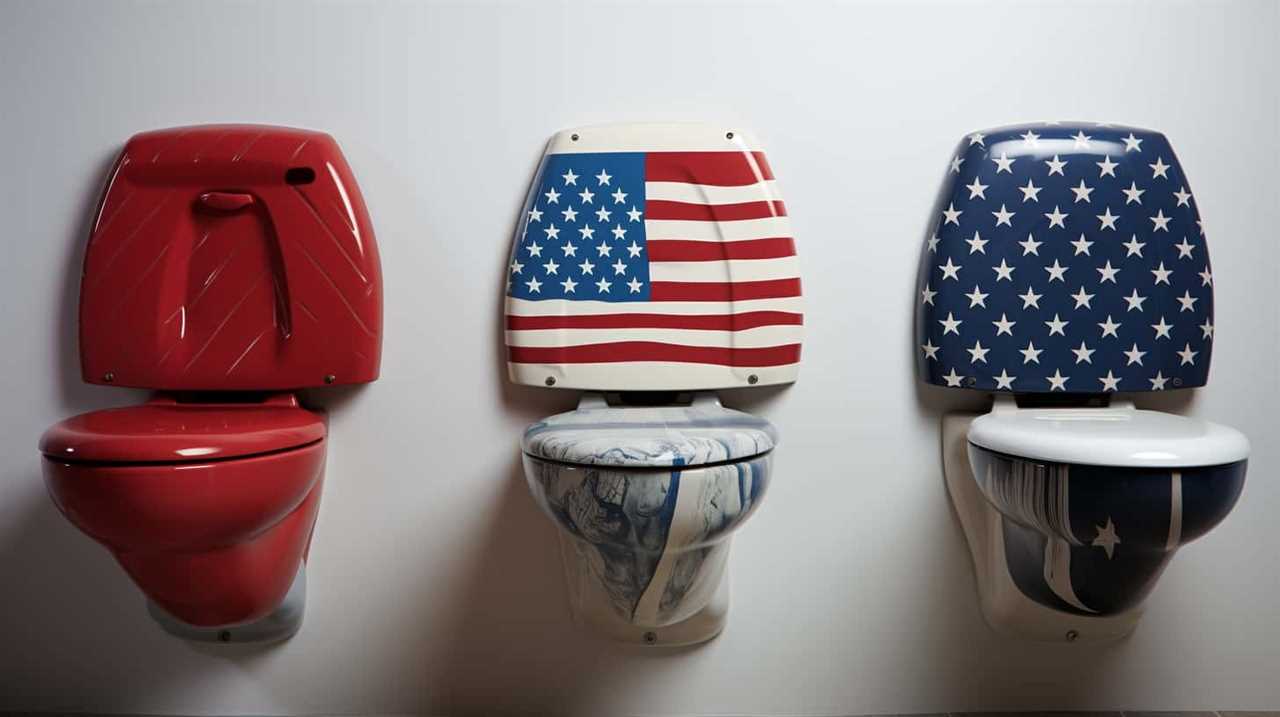
Transitioning into the subsequent section about cultural factors and preferences, we can further explore how these factors have shaped toilet designs in both countries.
Cultural Factors and Preferences
Let’s now explore the impact of cultural factors and preferences on the differences between Australian and American toilets. Cultural norms play a significant role in shaping the design and functionality of toilets in different countries.
In Australia, for example, there’s a preference for water-saving toilets due to the country’s arid climate and water scarcity issues.
On the other hand, in the United States, larger bowl sizes are common to accommodate the cultural preference for sitting rather than squatting while using the toilet.

Ergonomic considerations also vary between the two countries. Australian toilets often feature a deeper bowl and a wider seat, providing a more comfortable experience for users. In contrast, American toilets tend to have a shallower bowl and a narrower seat, reflecting their ergonomic preferences.
These cultural factors and ergonomic considerations contribute to the differences observed in Australian and American toilets.
Impact of Tourism on Toilet Styles
One major factor that has influenced the different styles of toilets in Australia and the United States is the significant influx of tourists. The economic implications of tourism are substantial, leading to the need for practical and efficient toilet facilities to accommodate the growing number of visitors.
In countries like Australia, where tourism is a major industry, the design and functionality of toilets are crucial to ensuring a positive visitor experience and encouraging repeat visits.
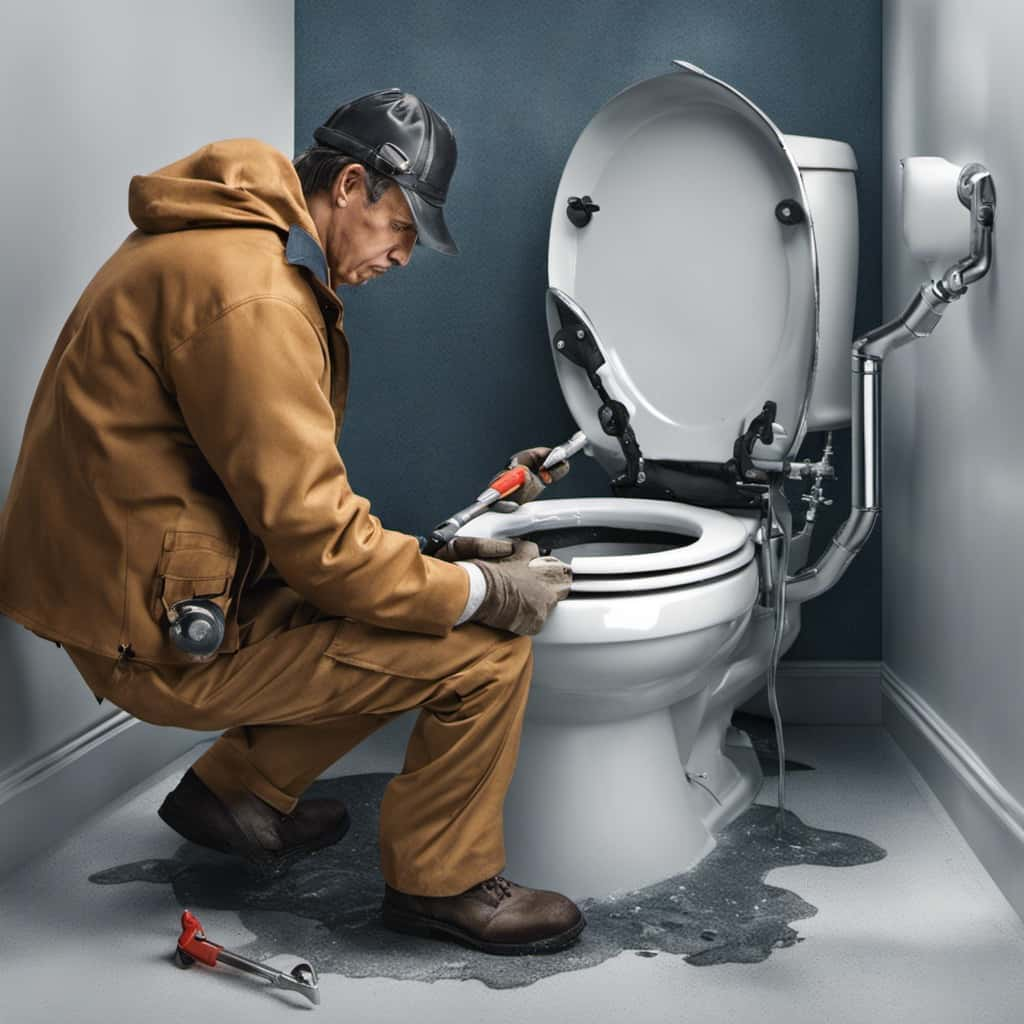
Additionally, environmental considerations play a role in toilet styles, as sustainable practices are increasingly important. Water conservation, for example, has led to the development of dual-flush toilets in Australia, which offer different flush options for liquid and solid waste, reducing water usage.
These considerations highlight the impact of tourism on toilet styles and the importance of balancing economic and environmental factors in their design.
Frequently Asked Questions
What Are the Specific Plumbing Regulations and Standards in Australia and the United States That Dictate Toilet Design and Installation?
Plumbing regulations in Australia and the United States dictate specific standards for toilet design and installation. These regulations ensure proper functionality, water efficiency, and safety. Compliance with these regulations is crucial for a successful toilet installation.
How Do Water Conservation Practices Vary Between Australia and the United States, and What Impact Do They Have on Toilet Design?
Water efficiency practices vary between Australia and the United States, impacting toilet design. Australian regulations prioritize dual-flush toilets for reduced water consumption, while US standards focus on low-flow toilets. These differences reflect the countries’ environmental goals and conservation efforts.
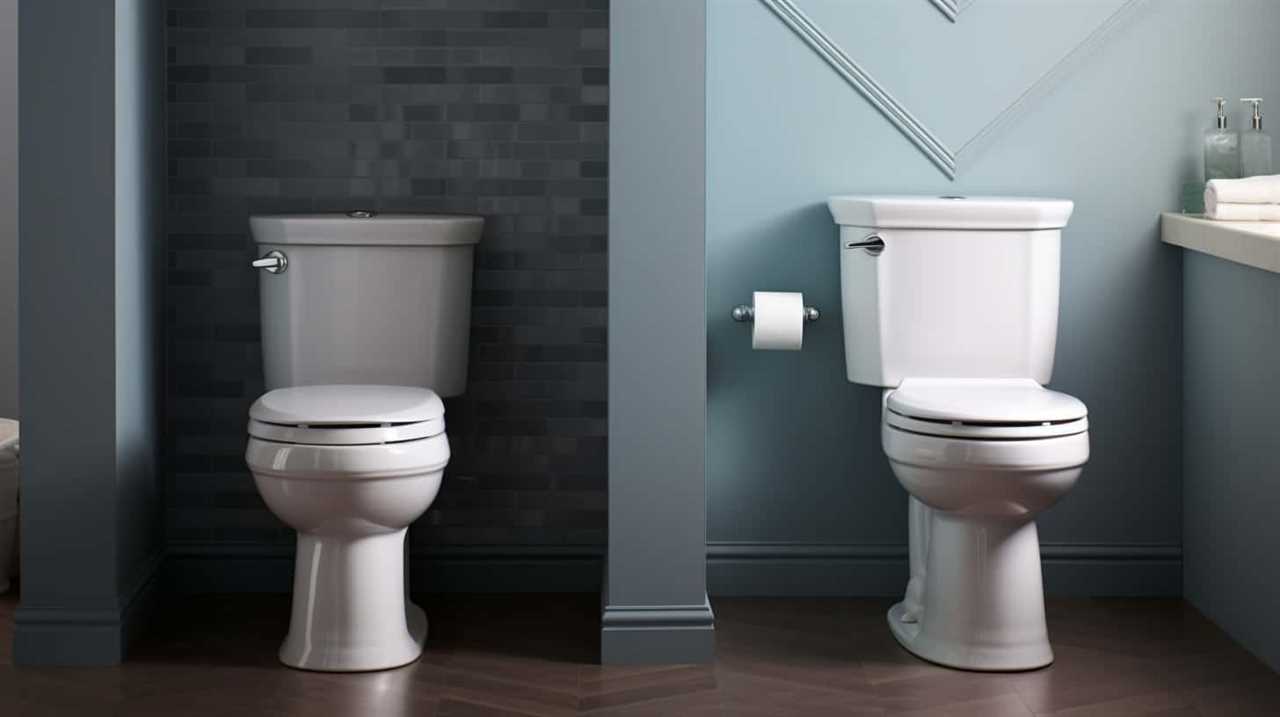
How Have Historical Influences Shaped the Design and Functionality of Toilets in Australia and the United States?
The design and functionality of toilets in Australia and the United States have been shaped by historical influences. These include the influence of architecture and technological advancements, which have led to differences in toilet design between the two countries.
What Cultural Factors and Preferences Contribute to the Differences in Toilet Styles Between Australia and the United States?
Cultural influences and ergonomic considerations play a significant role in shaping the differences in toilet styles between Australia and the United States. These factors reflect the unique preferences and societal norms of each country.
How Does Tourism Influence the Design and Availability of Toilets in Both Countries?
Tourism greatly impacts toilet availability in both countries. Cultural influences on toilet design also play a role. Tourist hotspots prioritize accessible and clean facilities. Design choices may reflect cultural preferences, such as bidets in Australia and larger stalls in the US.
Conclusion
In conclusion, the differences between Australian and American toilets can be attributed to a combination of factors.
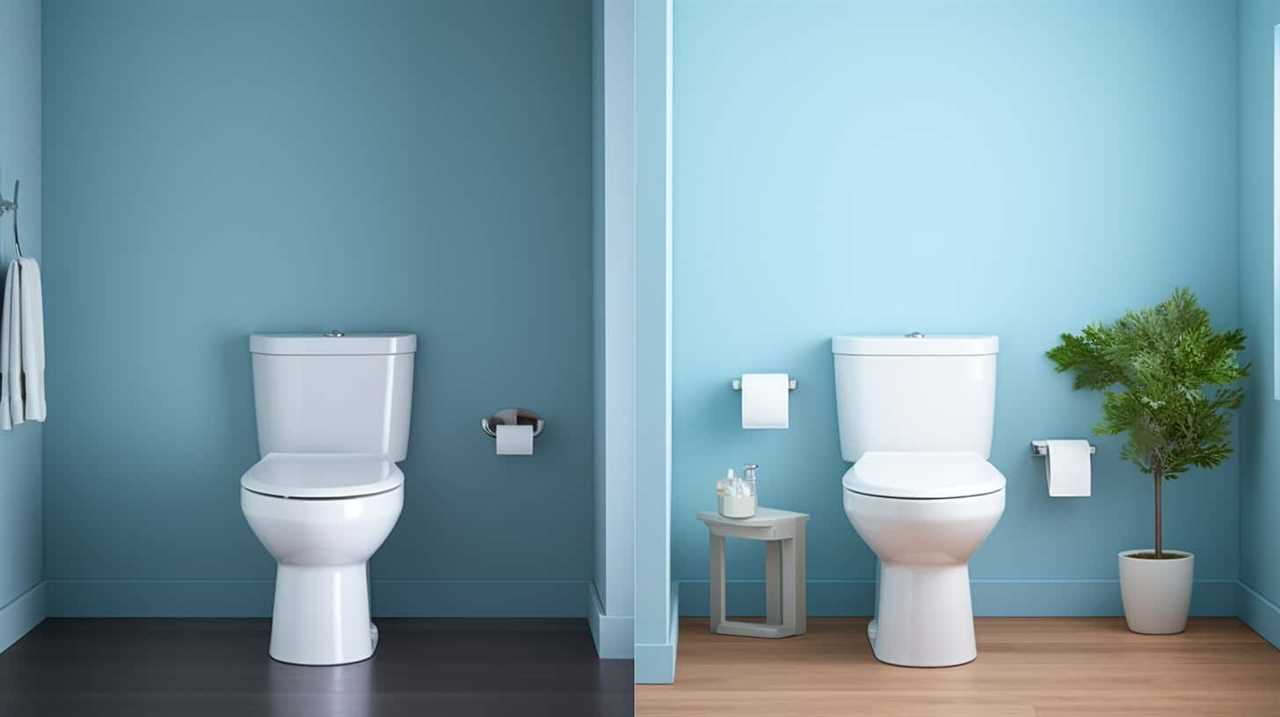
Plumbing regulations and standards, water conservation practices, historical influences, cultural factors, and even tourism all play a role in shaping toilet design preferences in each country.
These variations highlight the importance of considering local practices and preferences when designing and installing toilets.
So, next time you visit a different country, ask yourself, ‘How does their toilet reflect their unique culture and values?’
‘How does their toilet reflect their unique culture and values? It’s a fascinating insight into their way of life.’
